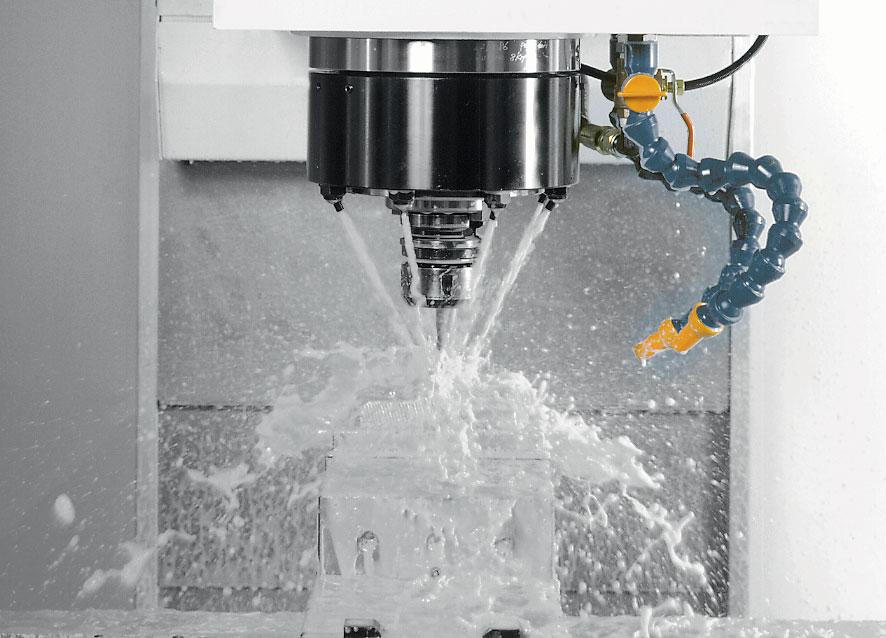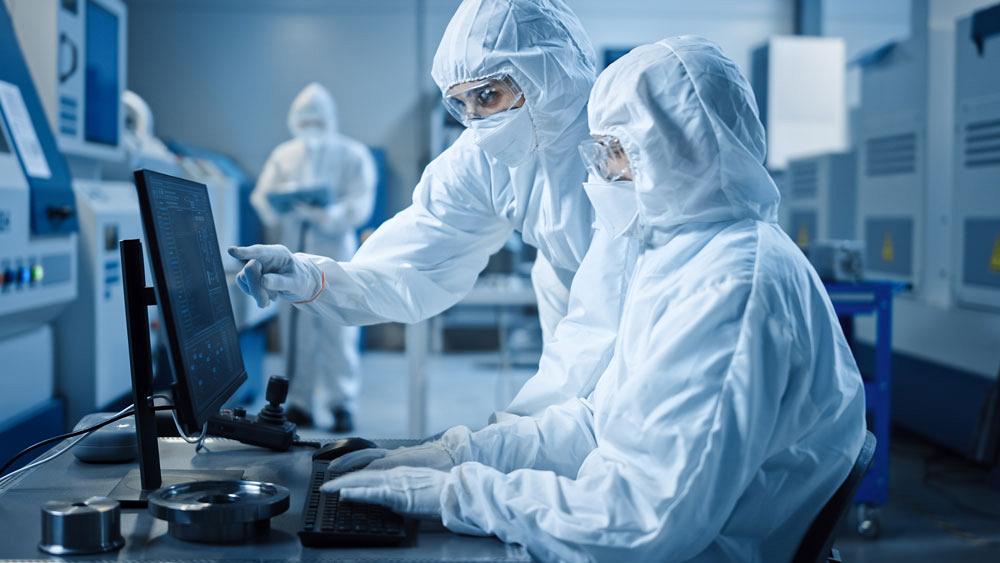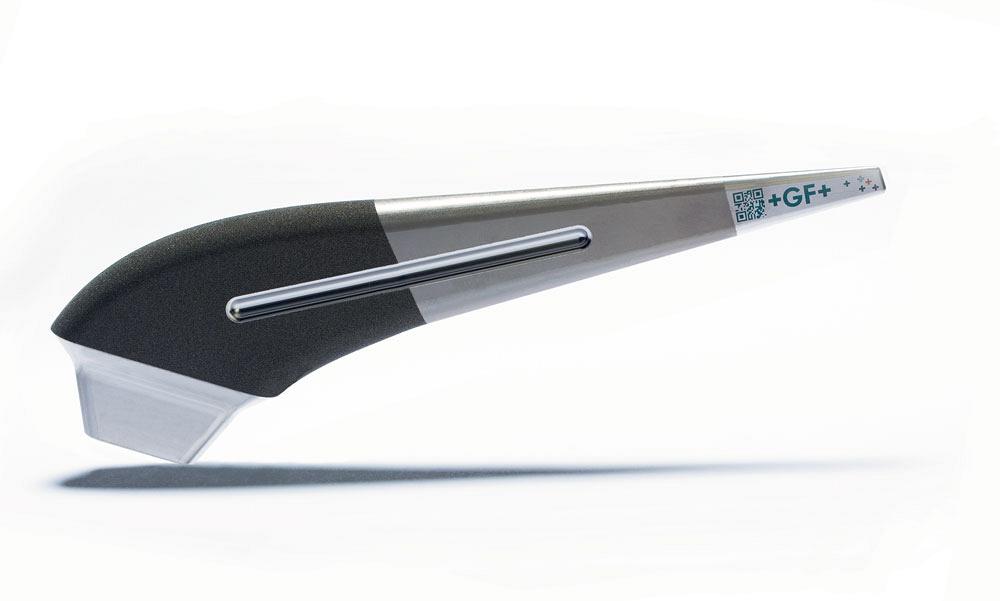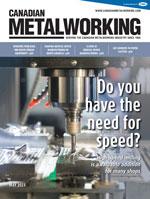- FMA
- The Fabricator
- FABTECH
- Canadian Metalworking
A look at medical device manufacturing
GF Machining Solutions’ Erik Poulsen talks trends and innovation
- May 26, 2023
- Article
- Metalworking
Erik Poulsen, GF Machining Solutions’ medical market segment manager, answers questions about the changes and trends pushing the medical industry forward and how manufacturers can take advantage of the latest opportunities.
Learn more about how GF Machining Solutions is shaping medical device manufacturing in North America.
Canadian Metalworking: What are some of the trends in the medical device industry in North America?
Erik Poulsen: There are a lot of factors affecting this industry. Demographics are changing, as is technology. It’s been in constant growth mode for several years and that brings about a lot of opportunity, especially as more and more people seek to participate in this industry.
Some companies are looking to shift away from automotive and into medical device manufacturing.
With the growth that the industry is facing, there are a few trends that are really pushing this.
There is a big push towards single-use medical devices. The benefit of a single-use device is that from the minute it is taken out of the package, the user knows it’s perfect in terms of no worn edges or defects, and it’s sterilized. For these reasons, a single-use device tends to be safer and less expensive.
Single-use devices are often molded components. The number of mold tools, the complexity of mold tools, the types of devices has increased. Molded tools often require high-precision machining such as EDM or milling to produce them.
The growth in single-use devices and molded components used in medical is one trend and is growing about twice as fast as the market as a whole.
Another area of growth is in minimally invasive or keyhole surgery. This type of surgery requires small, precision components like cameras, tubes, and surgical tools. Heart ablation catheters, stents, and other micro-mechanical devices can be made using femtosecond laser technology.
CM: How do these trends translate to manufacturing trends?
Poulsen: There is a real interest in outsourcing manufacturing or contract manufacturing. Medical device companies are looking to innovate. They come up with groundbreaking new products or technology, but they aren’t necessarily the ones that are cutting the materials to make it.
The amount of outsourcing in medical device manufacturing is increasing faster than the rate of medical device manufacturing as whole. If you look at the space, there are companies like Tecomet, Orchid Orthopedics, and Jabil that are expanding rapidly into this space. These are organizations with tens of thousands of employees, hundreds of millions of dollars in business, and multiple sites. Their job is to take the difficult task of making product off the hands of people who are designing, selling, and distributing these products.

Using 3- and 5-axis milling, manufacturers can machine simple to talks trends and innovation complex, multiple-curved surfaces of medical devices.
Because that’s the nature of contract manufacturing, it’s important for OEMs to have access to the latest technology to help them develop next-generation products that are better or have higher performance than what’s on the market today. Medical device development to market can take years, so OEMs need to forward think and ensure that by the time the device is made widely available, it is still cutting edge.
Contract manufacturers also need access to new technology or use existing technology in new and exciting ways. For example, lasers are allowing many manufacturers to produce products that they could not otherwise. The same is true for additive manufacturing and laser texturing.
CM: How is today’s technology being used to make next-gen products?
Poulsen: One of the challenges with contract manufacturing is that many designers are not necessarily in the know about the latest machining technologies. In some instances, they are constrained in their designs because it doesn’t make sense to design something where you don’t know if it can actually be produced.
Laser surface structuring, milling, and EDM are primary technologies used in medical manufacturing, and we are really trying to push the boundaries of what customers can do with them.
For instance, you can use a laser to make a surface that is a hydrophobic, meaning liquid won’t stick to it. A hydrophobic surface created with a laser on a medical device can have all sorts of benefits for the surgeon. You can do hydrophilic, which is the opposite; antibacterial, and osseointegration surfaces. Today’s lasers can be used to create designer surfaces on products. Many machine manufacturers are opening up the doors to designers demonstrating the different ways to produce parts—like using a laser for osseointegration rather than sand blasting or other technologies—that they may not have been aware were physically possible. It’s exciting.
CM: What do you see as the next wave of innovation for medical device manufacturing?
Poulsen: There really are the two frontiers: the use of supercritical carbon dioxide (sc-CO2) for milling titanium and laser surface structuring. Sc-CO2 has had a significant impact on machining titanium but also ultra-high molecular weight polyethylene (UHMWPE), a material used in special machined components for hip or knee implants which acts as a sliding surface so that the implant moves easily.
Laser surface structuring is becoming increasingly important for medical device manufacturing, and we are constantly finding new and innovative ways to apply it.
GF Machining Solutions, www.gfms.com
subscribe now


Keep up to date with the latest news, events, and technology for all things metal from our pair of monthly magazines written specifically for Canadian manufacturers!
Start Your Free Subscription- Trending Articles
Automating additive manufacturing

Sustainability Analyzer Tool helps users measure and reduce carbon footprint

Sandvik Coromant hosts workforce development event empowering young women in manufacturing

GF Machining Solutions names managing director and head of market region North and Central Americas

Mitutoyo updates its end-user portal

- Industry Events
CTMA Economic Uncertainty: Helping You Navigate Kitchener Seminar
- May 2, 2024
- Kitchener, ON Canada
Automate 2024
- May 6 - 9, 2024
- Chicago, IL
ANCA Open House
- May 7 - 8, 2024
- Wixom, MI
17th annual Joint Open House
- May 8 - 9, 2024
- Oakville and Mississauga, ON Canada
MME Saskatoon
- May 28, 2024
- Saskatoon, SK Canada

















